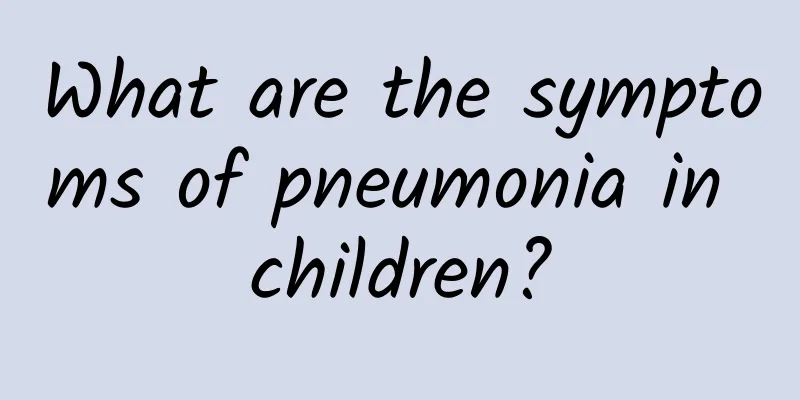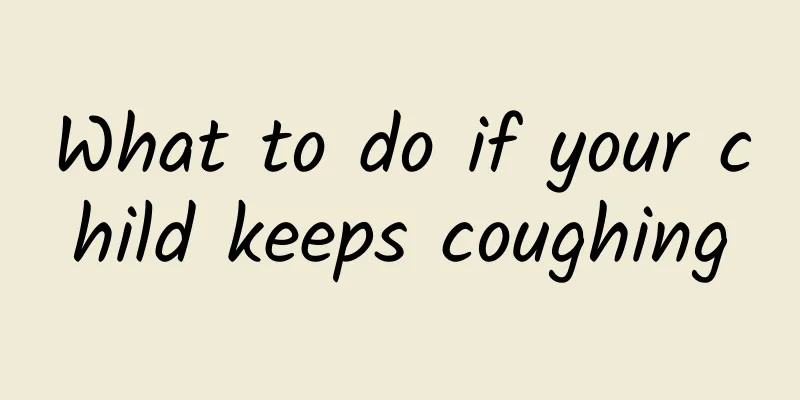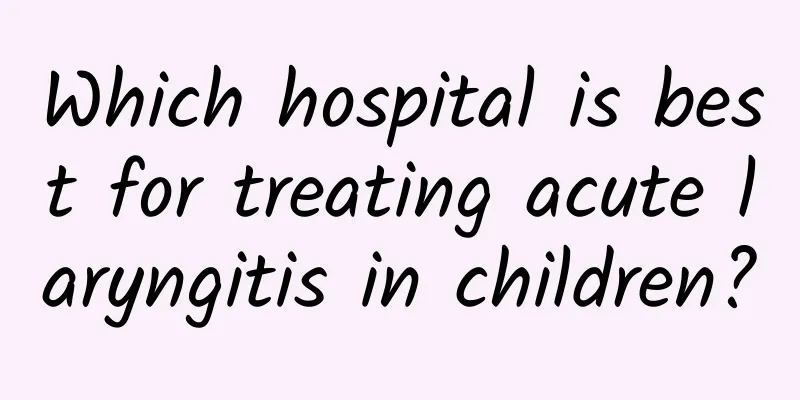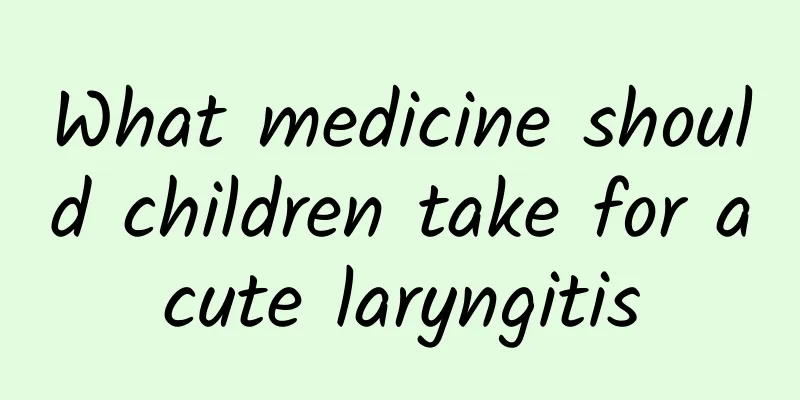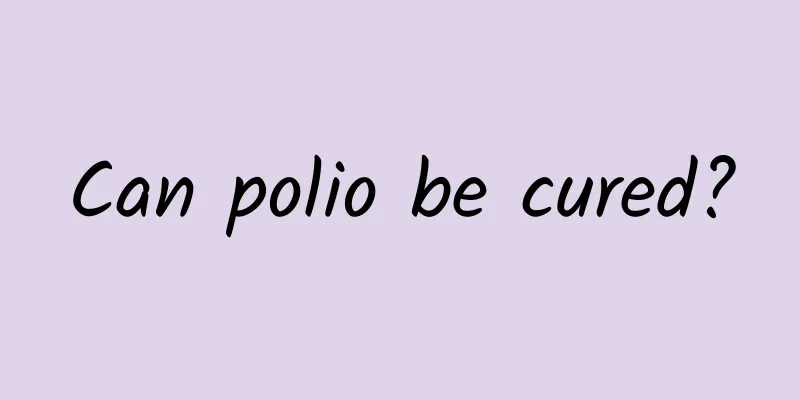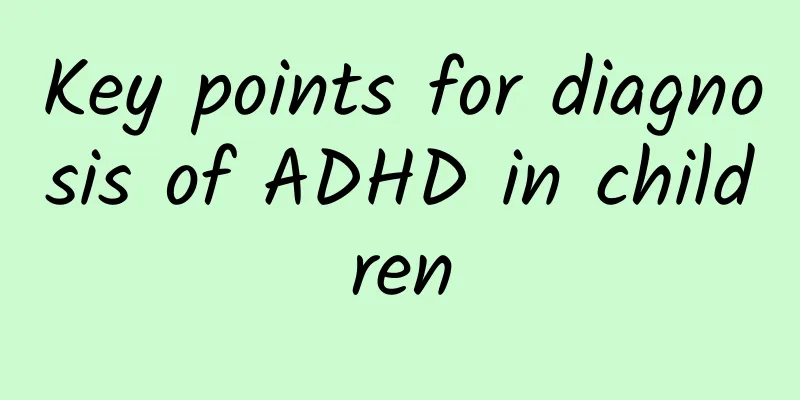What causes hand, foot and mouth disease in children?
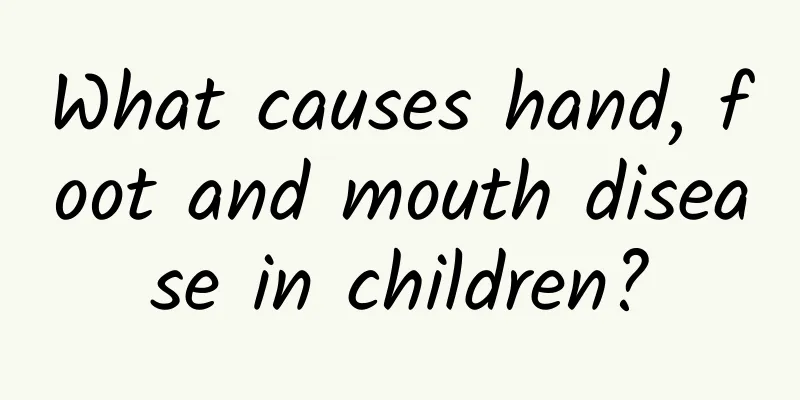
|
Hand, foot and mouth disease in children is an acute infectious disease caused by enteroviruses such as Coxsackievirus A16 and enterovirus 71. It is mainly transmitted through close contact and is common in children under 5 years old. Treatment is mainly symptomatic, including fever reduction, fluid replacement and local skin care. The occurrence of hand, foot and mouth disease is related to viral infection, low immunity, poor hygiene conditions and other factors. Attention should be paid to prevention and timely medical treatment. 1. Viral infection is the main cause of hand, foot and mouth disease. Coxsackievirus A16 and enterovirus 71 are the most common pathogens. These viruses are transmitted through droplets and contact, and are prone to outbreaks in places where children gather, such as kindergartens and nurseries. After infection, the virus reproduces in the intestines and then enters the blood circulation, causing symptoms such as fever and rash. 2. Low immunity increases the risk of infection. Children's immune systems are not fully developed, especially those under 5 years old, who are more vulnerable to viruses. Malnutrition, lack of sleep, chronic diseases, etc. can weaken immunity and increase the probability of illness. 3. Poor hygiene is an important factor in transmission. Hand, foot and mouth disease is mainly transmitted through contact, such as touching toys, tableware, door handles, etc. that are contaminated by the virus. Children have not yet developed hygiene habits and are prone to bringing the virus into their bodies. Keeping the environment clean, washing hands frequently, and disinfecting items regularly are the keys to prevention. 4. Close contact is the main route of transmission. Close contact between family members and kindergarten classmates can easily lead to virus transmission. Sick children are most contagious during fever and rash, and need to be isolated for treatment and avoid contact with other children. 5. Preventive measures include vaccination and hygiene management. Vaccines against enterovirus 71 are available, and vaccination is recommended for children of appropriate age. In daily life, parents should teach their children to wash their hands frequently, not to share towels and tableware, keep the room ventilated, and regularly disinfect toys and furniture. 6. Treatment is mainly symptomatic. Antipyretic drugs such as ibuprofen or acetaminophen can be used for fever; calamine lotion can be applied externally for rash and itching; oral ulcers can be rinsed with saline or applied with oral ulcer ointment. Severe cases require hospitalization, close monitoring of vital signs, and antiviral treatment if necessary. Although hand, foot and mouth disease is a self-limiting disease, some cases may develop into severe cases with complications such as encephalitis and myocarditis. Parents need to closely observe changes in the condition and seek medical treatment in a timely manner. By strengthening prevention, improving immunity, and improving sanitary conditions, the incidence and transmission risk of hand, foot and mouth disease can be effectively reduced. |
<<: Causes of recurrent neonatal jaundice
>>: Can Kaihoujian be used for nighttime emergency treatment of acute laryngitis in children?
Recommend
Choice of staple food for children with diarrhea
For adults, the illness of children is the most t...
What to do after a child coughs
When a child has a cough, he or she can take medi...
How to deal with baby's eczema in daily life? Mom teaches you 4 methods
When a baby develops eczema, parents should first...
What is the modern treatment for breast milk diarrhea?
What is the modern treatment for breast milk diar...
What is a child's persistent cough? What should we do about it?
Coughing is a very common phenomenon in life and ...
How to diagnose acute laryngitis in children
How to diagnose whether a child has acute laryngi...
How much does it cost to check for eczema in children?
New parents should know that almost every baby ha...
How to treat newborn baby's red buttocks? 4 effective ways to deal with newborn baby's red buttocks
Many newborns will have diaper rash, which can ca...
What are the key points of nursing for breast milk diarrhea?
What are the key points of nursing for breast mil...
What does jaundice mean?
Jaundice is actually a symptom caused by increase...
What are the hazards of scraping for children? Beware of the 6 hazards of scraping for children
In fact, many people choose scraping in the proce...
Will pneumonia in children cause breathing difficulties? Several key points for the care of pneumonia in children
Pneumonia in children is a more serious respirato...
What is the cause of baby's tonsillitis and oral ulcers? What is the treatment method for baby's tonsillitis and oral ulcers?
There are many reasons for the onset of oral ulce...
Which department should I go to for acute laryngitis in children?
As the saying goes, illness comes from the mouth,...
Treatment of late-stage kidney disease in children
Children are the future of the country. Whether c...
